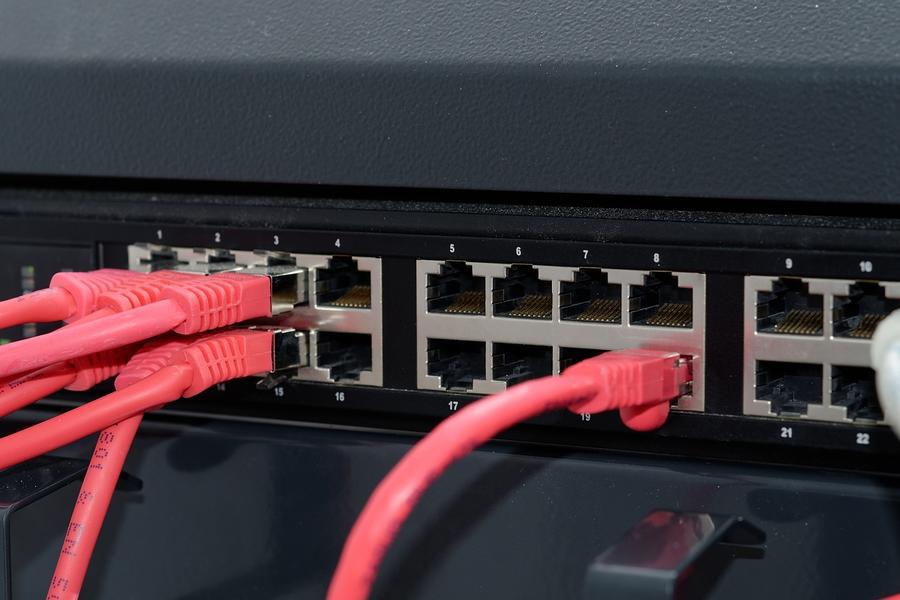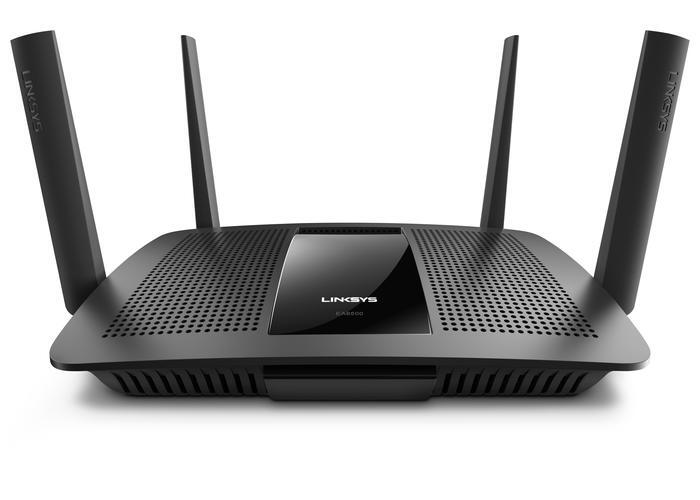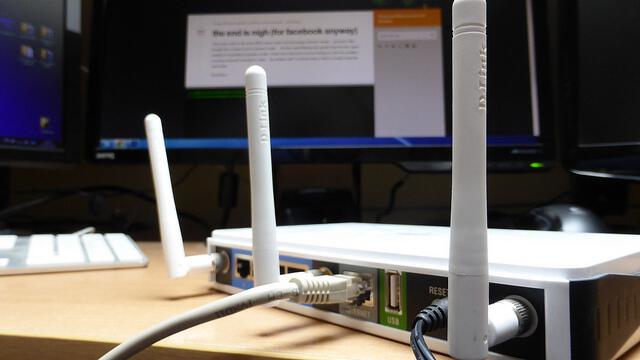If you haven’t noticed, the internet is becoming pretty much central to everything that we do. We use it to play games, watch films, chat on instant messenger, social networking, video calling, streaming music and much more. But what if everyone in your family needs to access the internet at the same time? Can your router cope with this extra bandwidth that is required? Maybe it can now, but what about in the future when our homes are powered by Internet Of Things devices? Well this is where MU-MIMO comes into play.
So what the heck is MU-MIMO? Well it’s not a new Pokemon or anything like that, it’s basically an acronym for a new router technology that’s set to revolutionize wireless networking. In other words, it’s going to make your home Wi-Fi faster and more reliable. So don’t get confused by the jargon, all will be explained if you stick with me. The tech is super cool and very exciting for anyone that uses Wi-Fi and has multiple devices in their household – which is most people these days.
Let’s take a closer look at how this technology will come to revolutionize the tinterwebs 🙂

What Is MU-MIMO?
This weird acronym stands for “Multiple User, Multiple-Input, Multiple-Output” and it basically refers to how bandwidth is divided up by the router and pushed out to individual devices. But to understand this technology properly, let’s look at existing technology that is currently in most people’s routers.
Typical routers these days are SU-MIMO, which means that only a single device can receive data at any one time. So although it might seem like this statement isn’t true, because after all, one user in your house could be watching Netflix, whilst another is playing an online game, but if both users were to connect at exactly the same time, one would be prioritised over the other and the other would have to wait. You don’t have to wait long though because the router can switch between devices very quickly. To the naked eye, it looks like there is a continuous stream of data.
Things only start to become a problem when you start to have more devices connecting to your network. Things start to become that bit slower. The router can only talk to one device at a time, so devices have to wait their turn to be able to send and receive data from the Internet. This is where MU-MIMO comes to the rescue.

Image credit: Linksys Press
MU-MIMO Benefits
The thing with MU-MIMO, is that it allows a Wi-Fi router to communicate with multiple devices at the same time. With a MU-MIMO router, all devices on the network operate faster regardless of whether they are MU-MIMO compatible or not because all devices on the network have less time to wait to get their data from the Wi-Fi router.
Moreover, MU-MIMO technology increases the capacity and efficiency of your router, so that you can do much more data intensive things such as music streaming and online gaming.
So if you’ve got a lot of devices in your household, all competing for bandwidth, then you’re going to see a big increase in performance and overall, a much better Internet experience.
Types of MU-MIMO routers
MU-MIMO routers effectively break the bandwidth into separate streams so that devices can share the Internet connection evenly. But not all MU-MIMO routers are equal. There a three different types: 2×2, 3×3 and 4×4. The numbers represent the number of streams that a router can support at the same time.
So for a 4×4 router, the number of devices that can be connected at the same time is four, which at the time of writing is the maximum.
If you have any more than four devices connected, then they will be downgraded to SU-MIMO, even if they’re all MU-MIMO compatible devices.

Image credit: Sean MacEntee/Flickr
Current limitations
There are a few caveats with MU-MIMO technology that’s probably worth mentioning. As I said above, current routers can only support up to four devices and any more that you add, they will have to share a stream, so you won’t get any additional benefits at that point over a standard router.
MU-MIMO technology only really benefits downstream communication. So your download speed will increase but it won’t have any effect on your upload speed, i.e. sending data to the router.
One of the main drawbacks is that current MU-MIMO routers are only able to broadcast over the newer 802.11a wireless protocol and most devices just aren’t able to decode these signals yet. So even if you do go out an buy a MU-MIMO router, it will take at least a few years before all the devices in your home will be able to take advantage of the new technology.
How to get a MU-MIMO router
If you’re a hardcore gamer or a heavy internet user and you’re trying to share the internet connection with someone watching a 4K Netflix stream for example, then you could benefit from a MU-MIMO router if your devices are also compatible.
It’s not as simple however as going out and buying a new router, because the technology isn’t as commonplace as you might think. When you’re buying one, you need to look in the description and tech specs for “MU-MIMO”.
I suspect we’ll start seeing more of these routers come onto the market as the marketers start using the acronym “MU-MIMO” to point out this new technology to try to differentiate themselves.
If you can’t wait however, and you absolutely must have one today, then the NETGEAR Nighthawk X4S 4×4 MU-MIMO Router (Amazon, #CommissionsEarned) will not disappoint.
Cheers!

